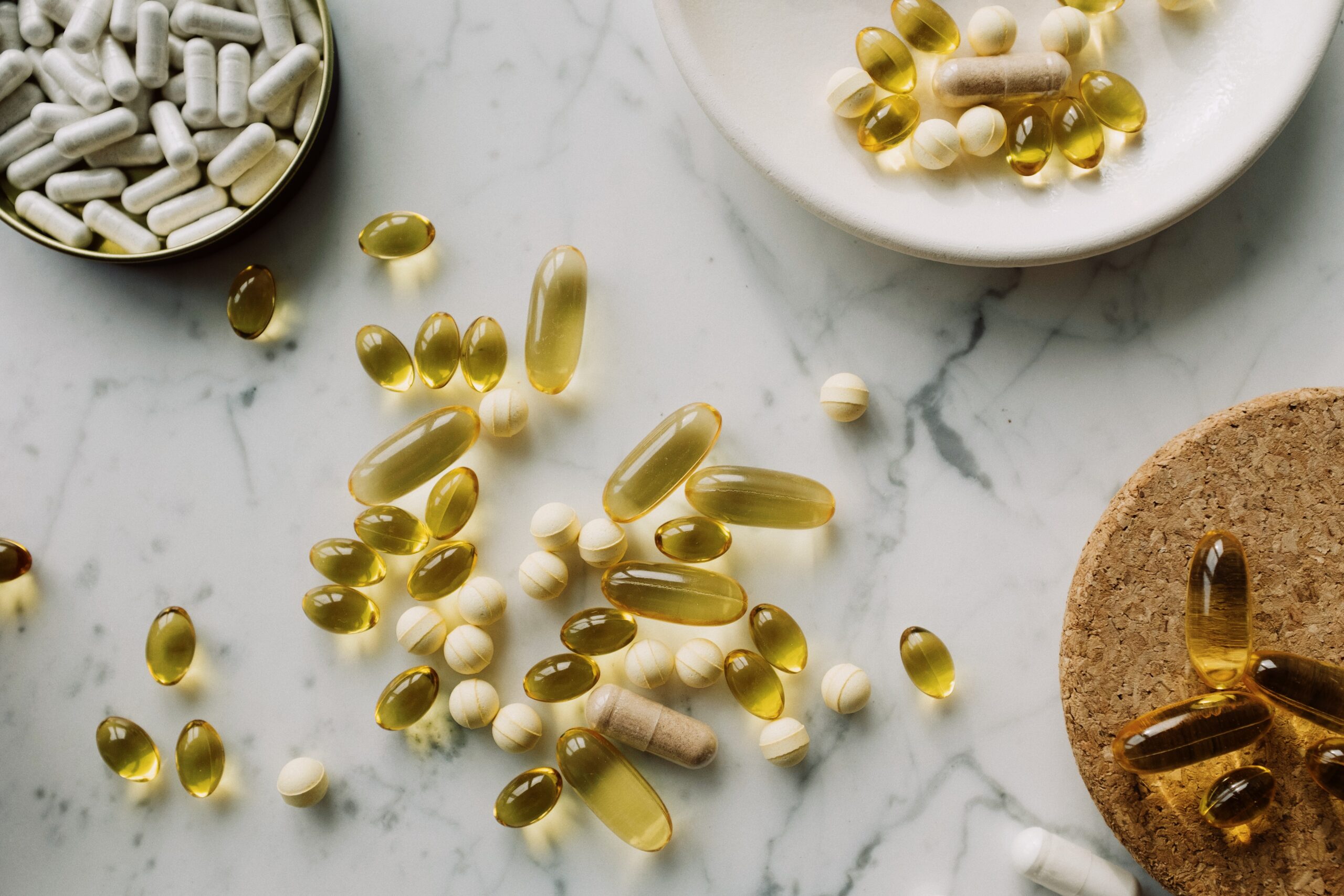
by wp_6989540 | Aug 25, 2023 | Diagnostic tests
Histamine is a biogenic amine produced and released by several cell types, including mast cells, basophils, platelets, histaminergic neurons, and enterochromaffin cells, following stimulation. When histamine accumulates in the gut, it can contribute to the symptoms of...

by wp_6989540 | Aug 25, 2023 | Integration
Cysteine is a semi-essential amino acid that the body can produce from other amino acids, namely methionine and serine. Cysteine is found in most protein-rich foods, such as chicken, yogurt, cheese, eggs, sunflower seeds, and legumes. Here are the main benefits of...

by wp_6989540 | Aug 25, 2023 | Inflammation
A multi-year study on the role of E. coli bacteria in Crohn’s disease finds that intestinal inflammation releases chemicals that feed the growth of the bacteria and promote their ability to cause inflammation. A particular type of E. coli, called adherent and...

by wp_6989540 | Aug 25, 2023 | Power supply
Leptin is a hormone released by adipose tissue (body fat) that helps your body maintain your normal weight in the long term. It does this by regulating hunger by providing the feeling of satiety The main function of leptin is to help regulate the long-term balance...

by wp_6989540 | Aug 25, 2023 | Vitamins and micronutrition
A high uric acid level, or hyperuricemia, is an excess of uric acid in the blood. Uric acid is produced during the breakdown of purines, which are found in some foods and are also formed by your body during normal metabolic functions. Once produced, uric acid is...






